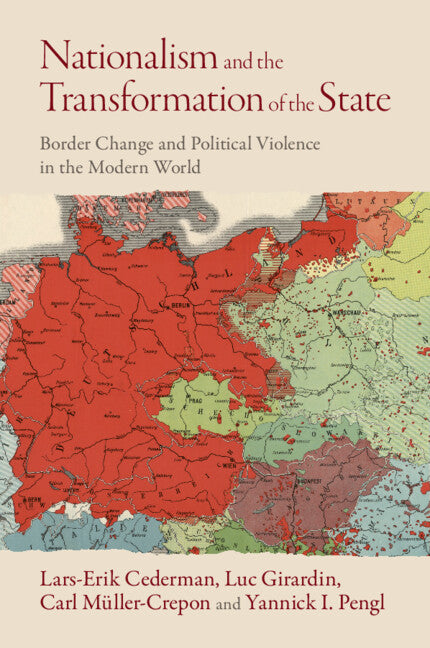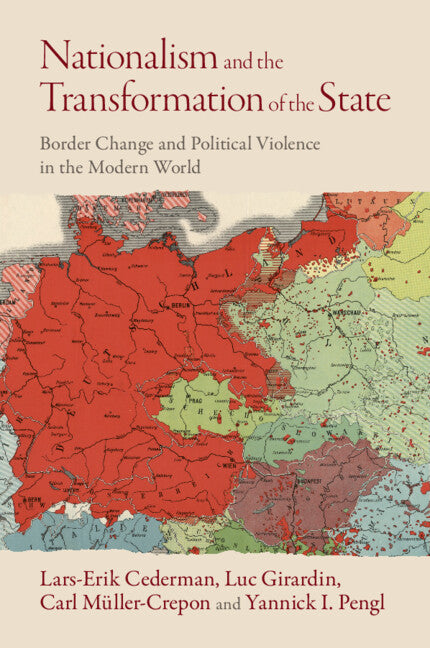Nationalism and the Transformation of the State
Border Change and Political Violence in the Modern World
Author(s): Lars-Erik Cederman, Luc Girardin, Carl Müller-Crepon, Yannick I. Pengl
Couldn't load pickup availability
🚚 Please note we can only ship within the UK.
FREE delivery on books (excluding sale).
Delivery for other items is £1.50 - £4.50, calculated at checkout.
T&Cs apply.
Free click & collect on all orders.
Following Russia's annexation of Crimea in 2014, the recent conflicts in Ukraine and the Middle East signals the return of geopolitics. This book challenges conventional approaches that ignore border change, arguing that geopolitics is driven by nationalism and focusing on how nationalism transforms the state. Using geocoded historical maps covering state borders and ethnic groups in Europe, the authors' spatial approach shows how, since the French Revolution, nationalism has caused increasing congruence between state and national borders and how a lack of congruence increased the risk of armed conflict. This macroprocess is traced from early modern Europe and widens the geographic scope to the entire world in the mid-twentieth century. The analysis shows that the risk of conflict may be increased by how nationalists seeking to revive past golden ages and restore their nations' prestige respond to incongruent borders. This title is also available as Open Access on Cambridge Core.
- Rather than focusing on how the state shapes ethnic nations, the authors focus on analyzing how ethnic nations transform the state through secession, unification and irredentism
- Studies the consequences of nationalist narratives in order to identify specific historical configurations that increase the risk of conflict
- Offers a systematic alternative to sweeping macro studies and vast amounts of specialized knowledge about single cases, bringing statistical methods to bear on large amounts of data about states and nations
- This title is also available as Open Access on Cambridge Core
Share


